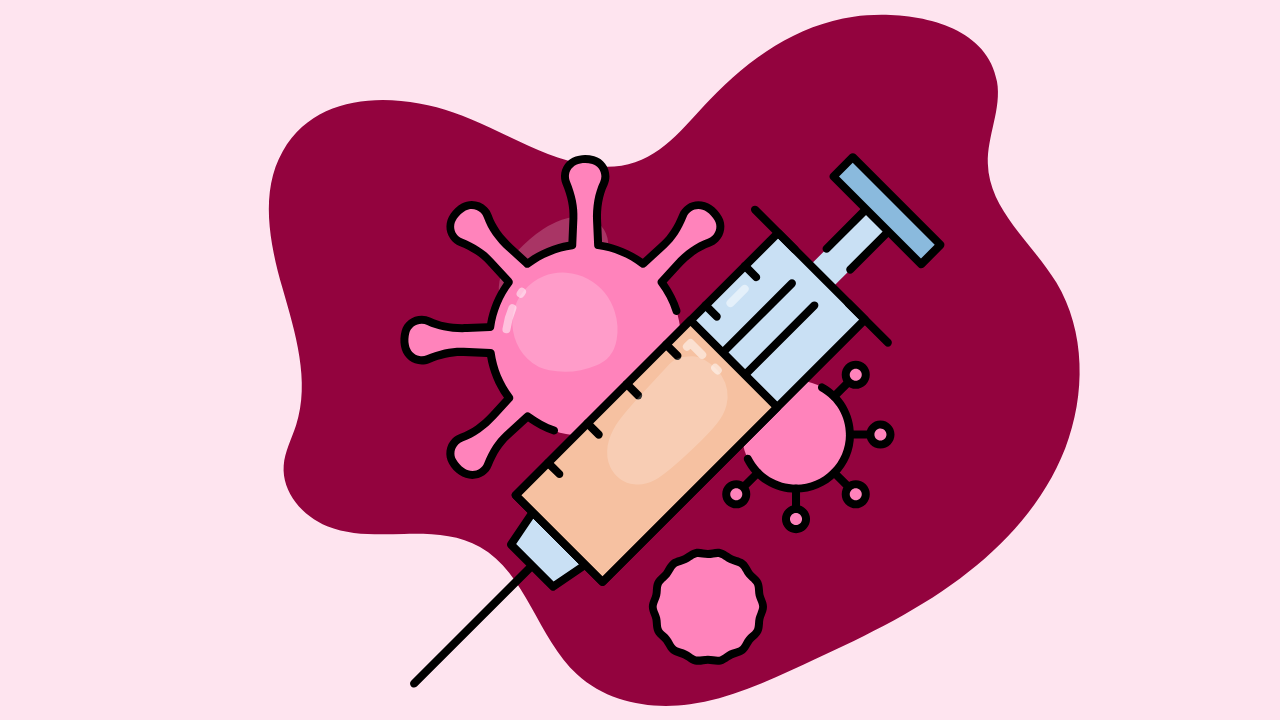The Molecules That Might Predict Breast Cancer Before It Starts

Most women know their family history. Some have dense breast tissue. Others are told to get screened earlier or more often. But even with those common risk factors, something has always been missing from the prediction puzzle. Now scientists are turning to metabolomics for answers.
Metabolomics is the study of small molecules inside the body. These molecules can reveal what’s going on in real time, from inflammation and stress to how your body responds to toxins. And in a new study from Columbia University’s Mailman School of Public Health, researchers used metabolomics to look for hidden risk factors for breast cancer. What they found could shift how we think about early detection.
Not Just Genes. Not Just Lifestyle. Something Else.
Using data from the New York site of the Breast Cancer Family Registry, the researchers studied blood samples from women who had not yet been diagnosed with breast cancer but were considered high-risk due to family history. The group included 40 women who later developed breast cancer and 70 matched controls who did not. The median follow-up was 6.3 years.
When scientists compared the metabolite profiles, they found eight features that stood out. Four were associated with lower breast cancer risk. Four were linked to higher risk. This is the kind of data that doesn’t just point to “what happened” but hints at “why.”
One of the metabolites was 1,3-dibutyl-1-nitrosourea, a compound known to cause mammary tumors in animal models and previously used in cancer research. Its presence in the blood of real patients adds weight to long-held concerns about environmental exposures.
More Accurate Risk Prediction Could Be Closer Than We Think
According to the research team, adding these metabolites to existing risk models dramatically improved their accuracy. When paired with tools like the BOADICEA score and age-based risk, prediction improved from 66 percent to 83 percent. That kind of improvement could change how doctors identify high-risk patients and determine who needs more frequent or advanced screening.
And it’s not just about numbers. Some of the metabolites were linked to lifestyle factors, including diet and caffeine exposure. While the science behind these connections still needs more exploration, it opens the door for future studies to look more closely at how everyday habits might interact with genetic risk.
The Takeaway
If this study is replicated in larger groups, it could reshape how we assess breast cancer risk. Instead of relying solely on family history or broad lifestyle guidelines, doctors could soon use a personalized snapshot of your metabolic fingerprint to guide screening decisions.
It also reminds us that our bodies tell a story. Sometimes it’s buried in our genes. Other times, it’s floating in our blood — waiting to be decoded.







